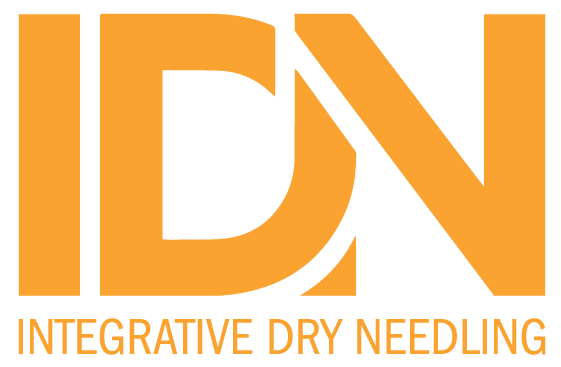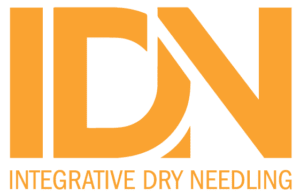Arch Phys Med Rehabil. 2021 Feb 5:S0003-9993(21)00141-6. doi: 10.1016/j.apmr.2021.01.073. Online ahead of print.
ABSTRACT
OBJECTIVE: To determine the additional effect of dry needling (DN) or percutaneous needle electrolysis (PNE) combined with eccentric exercise (EE) and compare which one is the most effective for patients with patellar tendinopathy (PT).
DESIGN: Blinded, randomized controlled trial, with follow-up at 10 and 22 weeks.
SETTINGS: Recruitment was performed in sport clubs. The diagnosis and the intervention were carried out at San Jorge university.
PARTICIPANTS: Patients with PT with pain ≥3 months between 18 and 45 years.
INTERVENTIONS: Three interventions were carried out: DN and EE group (DN-G), PNE and EE group (PNE-G) and EE with sham needle as the control group (CG).
MAIN OUTCOME MEASURES: Disability was measured with VISA-p. Visual Analogue Scale was used to measure pain overtime, Short Form-36 to measure quality of life and ultrasound to measure structural abnormalities.
RESULTS: A total of 48 participants (42 men and 6 women, average age 32.46 (SD 7.14) years) were enrolled. The improvement in disability and pain in each group between baseline and post-treatment and baseline and follow-up was significant (p≤0.05), without differences among groups.
CONCLUSION: DN or PNE combined with an EE programme has not shown to be more effective than only an EE programme to improve disability and pain in patients with PT in the short (10 weeks) and medium (22 weeks) term. Clinical improvements were not associated with structural changes in the tendon.
PMID:33556350 | DOI:10.1016/j.apmr.2021.01.073



